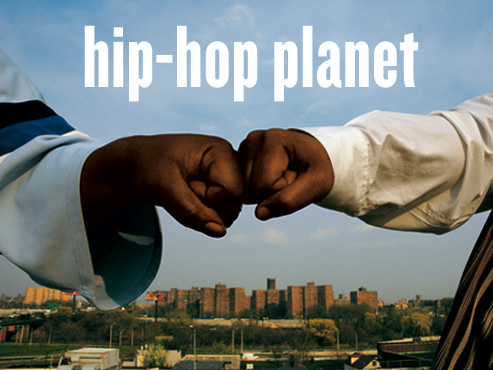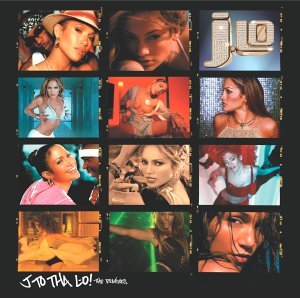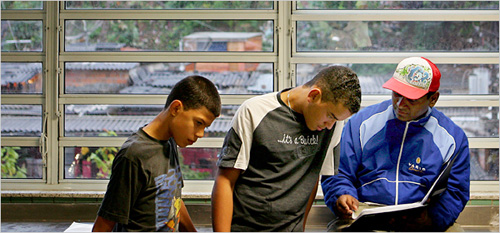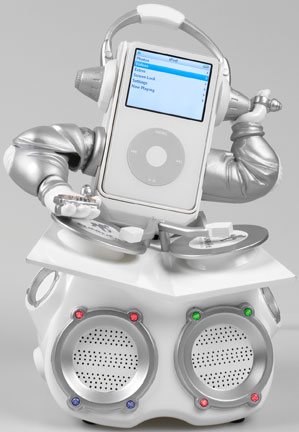The Three Basic Forms of Remix: a Point of Entry, by Eduardo Navas

Image source: Turbulence.org
Layout by Ludmil Trenkov
Duchamp source: Art History Birmington
Levine source: Artnet
(This text has been recently added to the section titled Remix Defined to expand my general definition of Remix.)
The following summary is a copy and paste collage (a type of literary remix) of my lectures and preliminary writings since 2005. My definition of Remix was first introduced in one of my most recent texts: Turbulence: Remixes + Bonus Beats, commissioned by Turbulence.org. Many of the ideas I entertain in the text for Turbulence were first discussed in various presentations during the Summer of 2006. (See the list of places here plus an earlier version of my definition of Remix). Below, the section titled “remixes” takes parts from the section by the same name in the Turbulence text, and the section titled “remix defined” consists of excerpts of my definitions which have been revised for an upcoming text soon to be released in English and Spanish by Telefonica in Buenos Aires, Argentina. The full text will be released online once it is officially published.
















